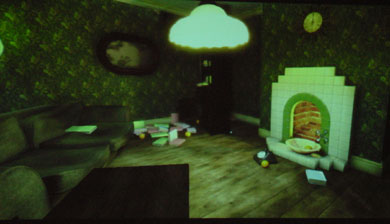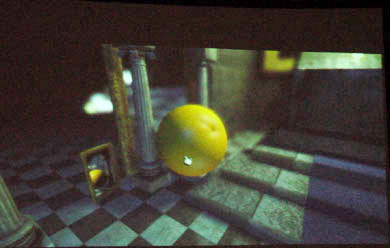C|Net is carrying an interesting article on Samsung. I seem to recall Samsung on a design hiring spree around 1997 – forming a partnership with a well-known design firm (whose name escapes me at the moment) and setting up studios to help them develop the kinds of products needed to…well…kick Sony’s ass. Looks like that effort, doubtlessly part of a much larger strategy, has worked.
This success does, however, pose a problem for me. The speculation is that Sony stumbled in part because they were attempting to protect their entertainment division. Even if someone dreamed up an iPod before Apple, when a company owns content, they’re naturally going to be hesitant to develop products which facilitate its theft. Before they got into the media business, they doubtlessly had little concern about the effects their Walkmans or VCR’s would have on the entertainment industry.
The problem now, for content creators, is that a lesson is being learned in corporate boardrooms everywhere; that lesson being: forget protecting content. For designers looking more and more at creating content as options to the declining job market in the West (as it moves to low-cost Asian countries), this does not bode well. And in the long run, it doesn’t bode well for the public who thinks nothing of stealing music and movies. That is unless Westerners are prepared to watch subtitled movies and listen to foreign-language pop songs.
I can just see redneck Bubba, dressed in his Indian-made Western clothes, listening to Filipino singers covering Hank Williams tunes on his Taiwanese radio driving his Japanese truck to his job at the Chinese buffet. Just hope he likes Tsingtao beer.


